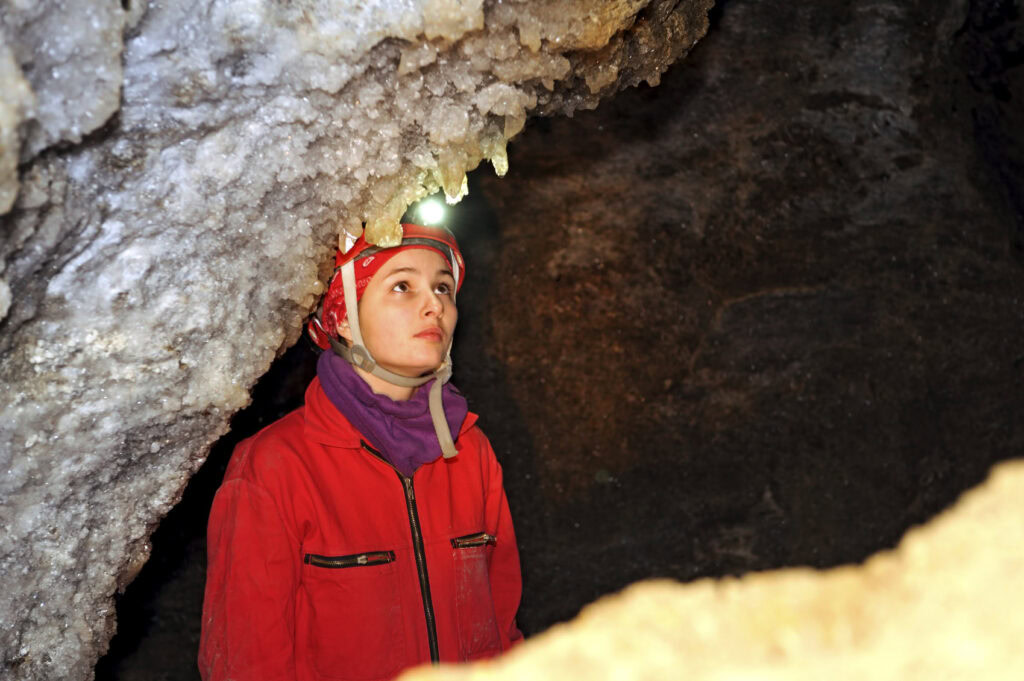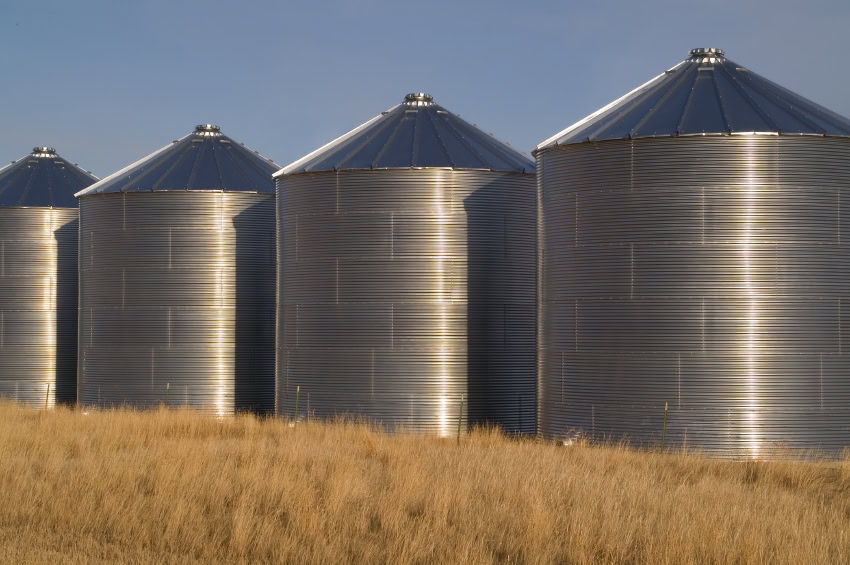Health and Safety Executive (HSE) regulations stipulate specific rules about working in enclosed and confined spaces; and for good reason. A number of people are killed or seriously injured in the UK each year in places defined by HSE as:
A place which is substantially enclosed (though not always entirely), and where serious injury can occur from hazardous substances or conditions within the space or nearby (e.g. lack of oxygen).
So, if you are going to be working in docks, the water treatment industry, or mining, you will almost certainly be required to take this course.

At Boss Training, we offer four variations of our Confined Space Training Course: Low Risk, One Day, Two Day, and City and Guilds courses. The courses cover essential skills and procedures needed to vastly reduce the risk of injury or even death. They include risk assessment, clear identification of hazards and how to minimise them, as well as having a pre-planned escape strategy.
So when is a course necessary, and which course is the most suitable for you?
What Is A Confined Space?
Although confined spaces might be small, any enclosed space with little ventilation and where death and injury are a risk is defined as a confined space. Silos, sewers, combustion chambers, storage tanks, vats, pits, trenches, flues, ductwork and enclosed drains are all candidates for this consideration.
Spaces may also become confined during work, as in construction, fabrication and modification.
Risk Assessment and Hazard Identification
Risk assessment and hazard identification is a legal obligation of any persons or companies planning to do any work in confined spaces. This would include specifications of the task to be carried out, the working environment, working materials and tools, the suitability of those carrying out the task and arrangements for emergency rescue. A senior, experienced, and competent risk assessor is a good idea.
When Is a Risk Assessment Needed?
All of this must be carried out before anyone starts to work in the area concerned, so it is essential to be aware of the factors involved and plan ahead. Failure to properly assess the risks involved could spell grave consequences should anything problematic occur. Being able to identify what constitutes a confined space is an important skill in its own right.

What Is A Hazard?
Whilst there will be certain activities and industries that have their own specific hazards and risks common hazards are:
- Lack of oxygen
- Explosions
- Dust inhalation
- Influx of liquids
- Fire
- Hot working conditions
- Inhalation of fumes or poisonous gas
Hazards usually develop because of certain activities carried out within the space, such as welding, painting and flame cutting or use of chemicals.
Often work done in confined and enclosed spaces is done in teams and in these instances an effective and well thought out system of communication is important to plan and practice, as any emergency may come completely without warning. There may be neither time for thinking nor room for error when escaping a danger zone.
Where Can I Find a Confined Space Training Course?
Boss Training is committed to providing a comprehensive range of high-quality professional health and safety training courses that allow our clients to meet all their regulatory requirements as well as maintain high safety standards to protect their staff. Our extensive range includes confined spaces courses which are available throughout the UK weekly.

Ethical and safe working practices are outlined in well-developed legislation and we consider it important that businesses work within these for the sake of their employees and the company itself. We can work with teams or individuals and will be able to advise you on a suitable approach to the training of your workforce for such conditions as explained here.
If you’re interested in booking a course with Boss Training, please don’t hesitate to get in touch!
